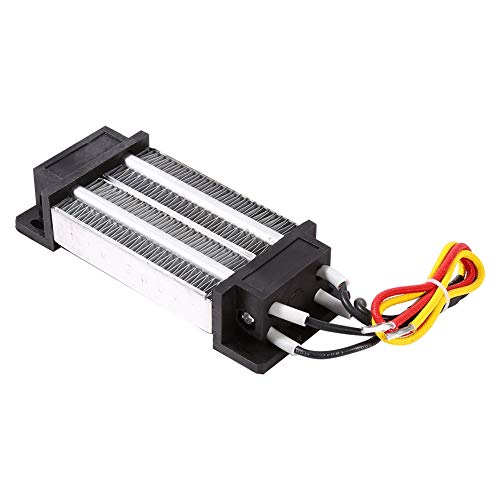Traditional heating products are prone to overheating, and PTC heating elements have an open-loop self-regulating design that prevents them from overheating. Unlike conventional heating, these PTC heaters do not need coils or cables, so they save money and are much more efficient.
PTC heaters consist of heating discs that are made from ceramic materials. They have automated systems and thus reducing the risk of overheating. These heaters are safe, powerful, and energy-efficient, which results in outstanding heat production and transfer in even small areas.
In self-limiting PTC systems, less money is needed on specialized equipment to prevent overheating. In addition, the PTC heater runs more smoothly, and less maintenance is required.
The Two Types of PTC Heaters
PTC Fin air heaters and
PTC Honeycomb air heaters
These heaters have several benefits over traditional heaters.
Is it Cost-Effective to Run PTC Heaters?
These heaters are highly efficient in terms of energy usage. The cost of running a circuit would be lower if it used no more electricity than was required to reach a specific temperature. Furthermore, no additional equipment is needed to manage the temperature, thus lowering expenditures.
However, PTC heaters are less expensive to run based on those two factors and are less costly than a standard resistive heater.
These heaters are incredibly cost-effective to install and operate and require very little maintenance over the device’s useful life. For industrial use, there is no better way to generate heat at a cheaper cost.
PTC Fin Air Heater
Fin PTC air heaters are self-regulating, temperature-limiting systems that eliminate the risk of overheating, because of their self-regulating features. Fin PTC air heaters always function at maximum safety levels. This results in increased conductivity and efficiency, resulting in a heating system that lasts longer than others.
Due to large aluminum fins, these machines circulate air, ensuring homogeneous heat transfer. The users can adjust airflow volume to regulate the system at any time.
PTC Honeycomb Air Heater
These heaters are extremely safe and energy-efficient for everyday usage as they operate at temperatures below the point of combustion of paper. The small discs serve as the heating element and can be directly connected to a power source to convert electricity to heat.
PTC heating elements in industrial applications
PTC heaters are ideal for applications that require less voltage and electricity but require temperature control at all times.
The enclosed cabinets and electronic devices require precise temperature control. PTC heating elements provide an ideal solution to remote SCDA where electronics need protection from extreme environments.
Why is it better to use PTC heaters?
PTC heaters reduce the risk of overheating. It is efficient and safer to use PTC heaters and is ideal for products requiring safe and uniform heating.
As the temperature rises, the PTC materials restrict current flow, and If the temperature drops, the materials allow the current to flow.
Related Post: Ptc Heating Element
Why choose us?
The right PTC heater provides top benefits in any industrial manufacturing environment.
If you are looking for the right PTC heater. Then, you’ve come to the right spot.
We have a wide range of industrial PTC heating solutions for fans, air heaters, thermoelectric coolers, etc.
We have been in this industry for over eight years, and the goal of Narain Cooling Technologies is to remain at the peak of our profession through our best ideas. We always work hard to preserve our position in this industry.
If you are looking for PTC heaters, reach out to Narain cooling Pvt. Ltd., as we bring quality products to our clients.
Positive Temperature Coefficient (PTC) heaters are self-regulating heaters without any external control.

